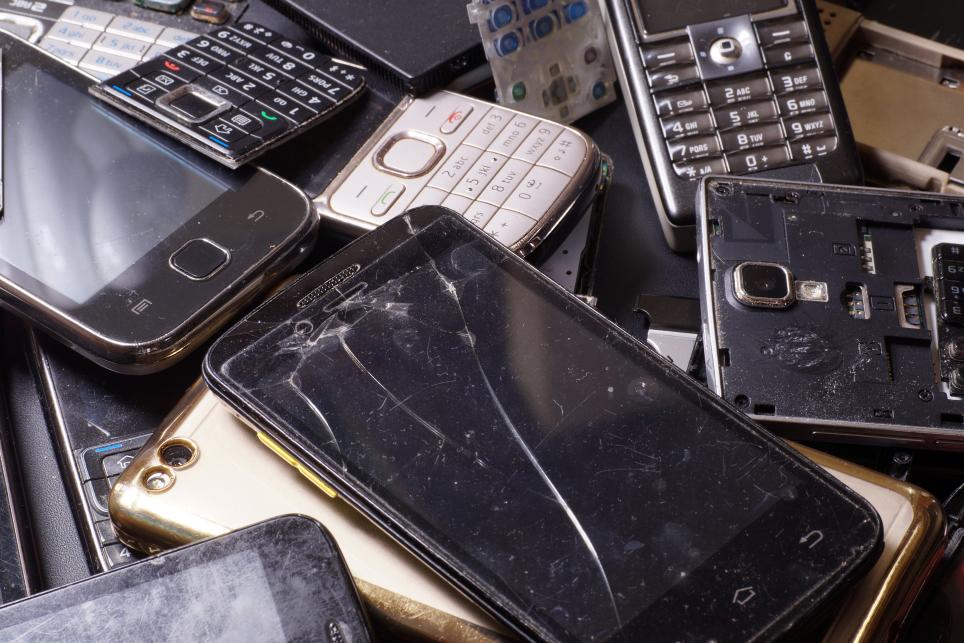Americans typically replace their mobile phone every 1.8 years, totaling 43 phones in a lifetime. With manufacturers releasing new cellphone models every two weeks on average, it’s easy to see why phone replacements occur at this pace, as many consumers seek the latest features.
Tablets aren’t far behind, with the average American consumer going through around 36 in their lifetime due to higher costs and a less rapid pace of innovation, as tablets only see about 13 variations a year.
At this current rate of consumption, each consumer will generate 1939.35 pounds of used electronics waste.
These numbers are just based on American data, with 195 other nations contributing their own e-waste as well.
UL 110 Provides a Way Forward
Aiming to provide an outlet for the largest contributor to e-waste, UL Standards & Engagement published UL 110, Standard for Sustainability for Mobile Phones. This standard is designed to reduce the adverse environmental impacts associated with the design, manufacture, use, and end-of-life management of mobile phones.
Although various recycling programs have effectively prevented e-waste from going to landfills, many manufacturers and retail outlets primarily offered these programs within their own sphere of influence, limiting their impact. UL 110 tackles this issue by providing the first set of performance criteria that evaluates and addresses the life cycle of mobile phones on the environment.
How it Works
UL 110 is a robust set of guidelines that examines not only the mobile phone, but also multiple sustainability factors associated with their development. Our development panel considered the manufacturing materials, packaging, factory operations, and corporate practices behind the devices to produce a comprehensive set of guidelines that positively impact e-waste when adopted.
This set of standards measures and defines the acceptable amount of new or recycled plastics, dyes, hazardous metals, energy use, and recyclability of the mobile phone. The most important feature of this standard comes in the form of end-of-life management. To meet our standard, the manufacturer must develop and maintain a comprehensive take back program for every certified device. The manufacturer must disclose and demonstrate the recycling of any reusable parts.
Our standard also requires the availability of replacement parts for mobile devices, allowing users better opportunity to repair them instead of replacing them. It also states manufacturers must provide a bi-annual corporate sustainability report that highlights their impacts on ecosystems and local economies where the product is manufactured.
Manufacturers can earn three tiers of achievement in various manufacturing areas. Since this standard contains both required and optional criteria, each product earns the bronze level when its conformance to UL 110 is certified by an independent testing laboratory. Manufacturers have the option to enhance their products with additional features to earn a silver award (50% adherence to optional criteria) or a gold award (75% adherence).
How You Can Help
Consumers should look for – and only buy – products certified to meet environmental standards like UL 110 by independent, third-party testing laboratories.
At ULSE, our standards are developed using a fair, transparent process. We convene committees of experts who work collaboratively to share their knowledge to guide the publication of standards that optimize safety, security, and sustainability. As a result, consumers can trust that products meeting our environmental standards are designed with sustainability in mind. Learn more about how you can participate in the development of standards.
Learn more about the safety, security and sustainability issues our organization is working to address at ULSE.org/issues.
